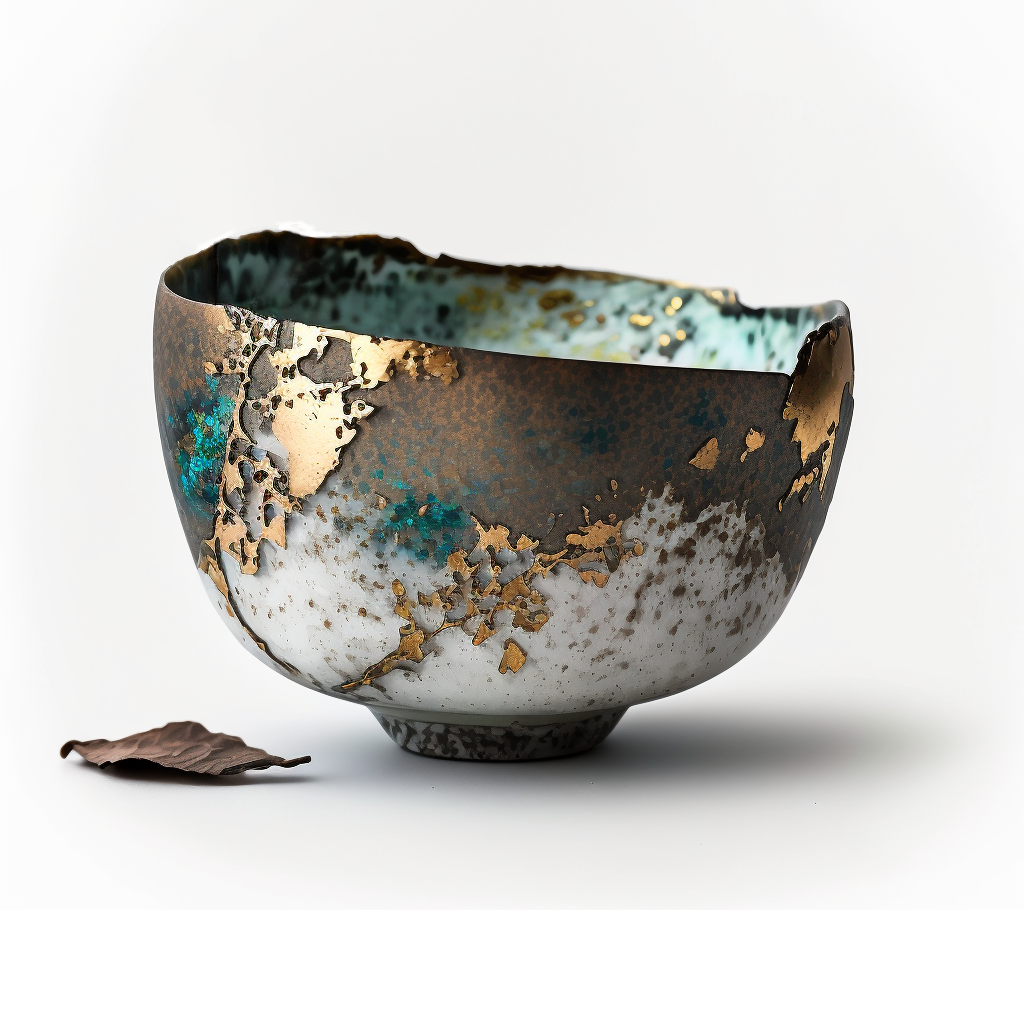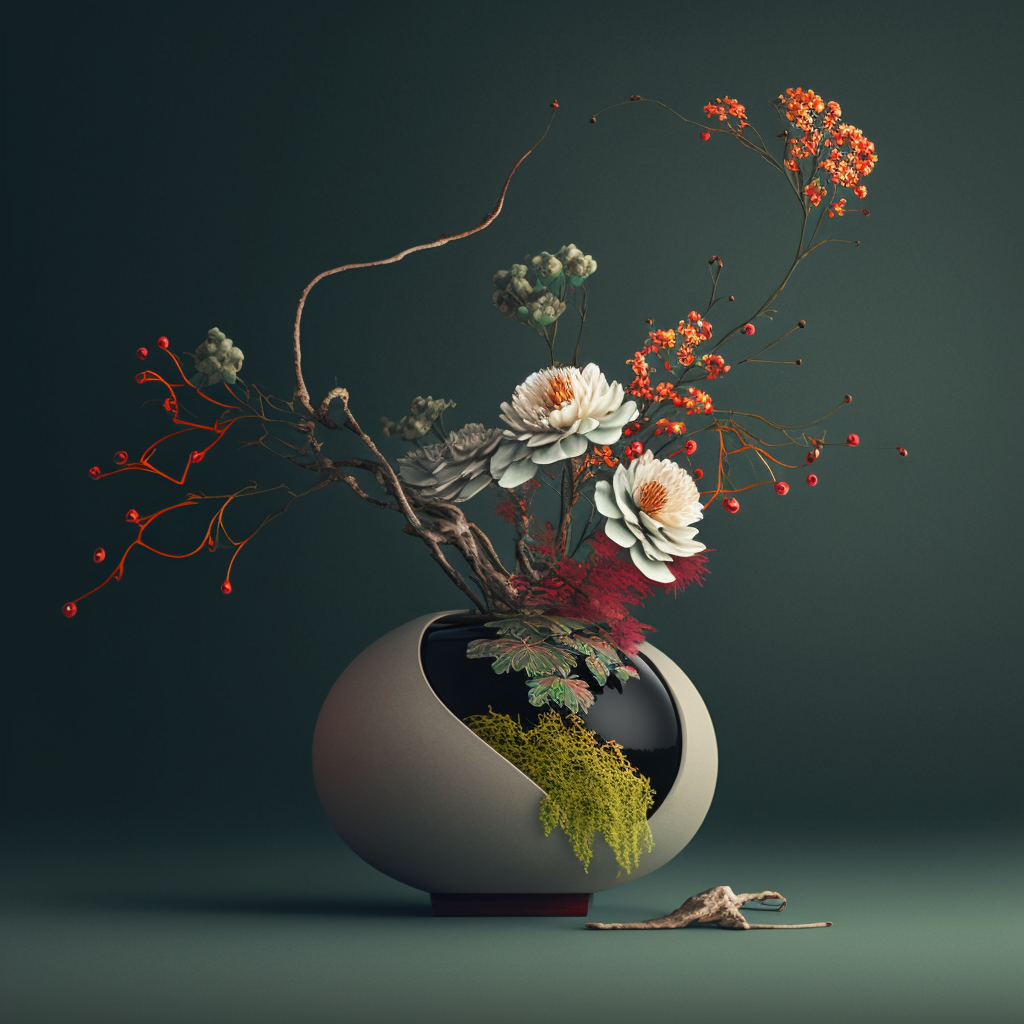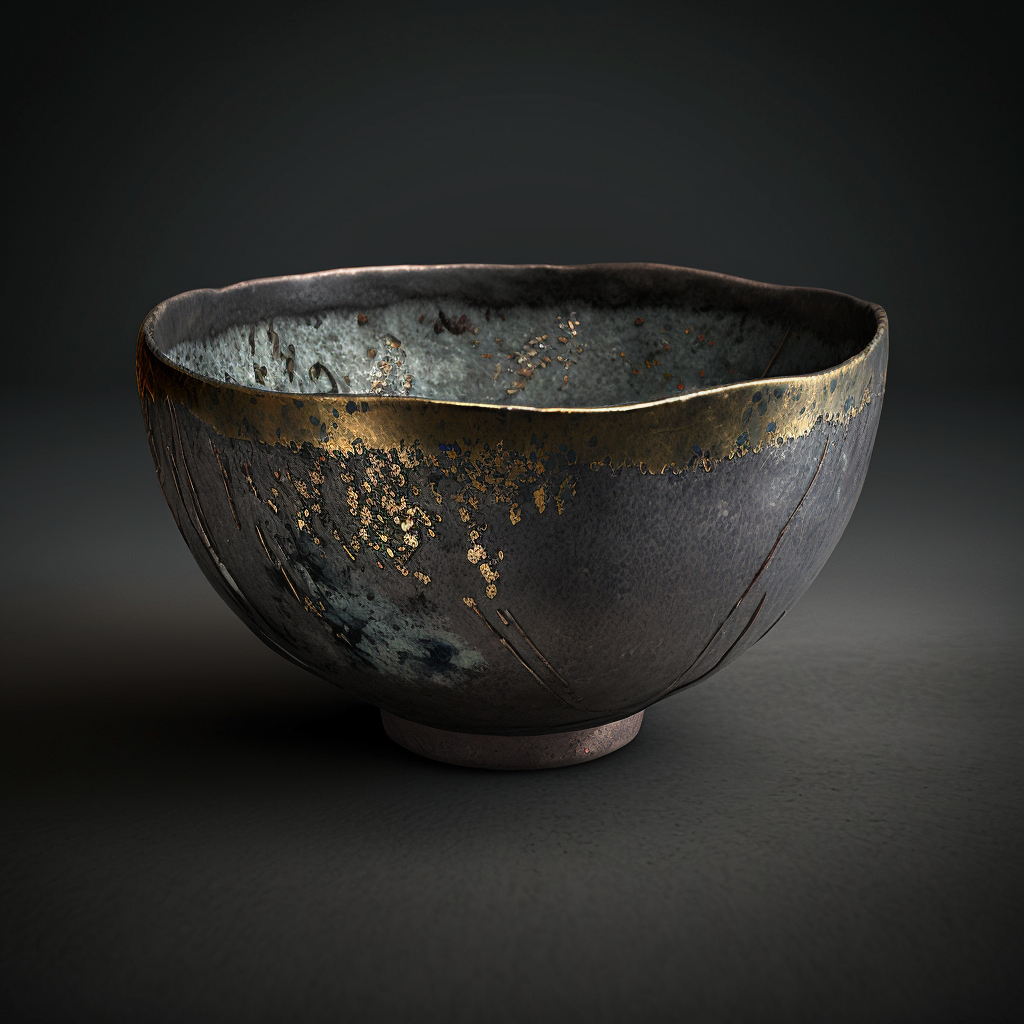History and Origin
Raku (楽焼, raku-yaki) is a traditional Japanese ceramic glazing technique developed in the Edo period (1600-1868). The word raku comes from an ideogram engraved on a gold seal that was given in 1598 by Taiko, a master server of the tea ceremony, to Chōjiro, a Japanese potter and founder of the raku-yaki style. This style of ceramics is characterized by its rapid firing and burning process that gives it vivid and unique colors.
Raku is characterized by rapid burning at high temperatures in a wood or electric kiln. Once the piece reaches firing temperature, it is removed from the kiln with tongs and immersed in a tray filled with water, herbs, leaves or paper to create cracks and fissures on the surface of the piece. The results can vary greatly depending on the type of material used, the firing temperature and how the piece is cooled.
Raku is often associated with the art of tea, as it is used to make vases, teapots, bowls and other items associated with the tea ceremony. The style is also valued for its sculptural appearance and visual beauty, as the colors are often dark and bright and the forms often organic and flowing. Artists and collectors appreciate Raku pieces for their artistic quality and timeless elegance. If you are interested in this style of ceramics, it is possible to find Raku workshops in many parts of the world, as well as online classes and programs.
The Raku technique
The Raku technique is a complex process that involves several crucial steps to achieve unique and often surprising results. The main stages of the Raku technique include making, firing, reducing and cooling.
- Fabrication: The first step in the Raku technique is to shape the piece from the clay. Artists can use techniques such as wheeling or hand modeling to create their desired shape. It is important to note that Raku pieces should not be glazed before firing, as the glaze can damage the surface of the piece during the reduction process.
- Cooking: The piece is then put in a wood or electric oven at a very high temperature up to 1300°C. Once the temperature is reached, the piece is left to cook for about 15 minutes.
- Reduction: The piece is then removed from the kiln with tongs and plunged into a tray filled with materials such as grass, leaves, paper or even sawdust. This tray is closed and left to cool for about 15 minutes. This step is called “reduction” because the lack of oxygen creates chemical reactions that alter the colors of the surface of the piece.
- Cooling: After reduction, the part is removed from the tank and slowly cooled in the open air. This process can take several hours. When the piece is cooled, the colors are fixed and the surface is covered with unique cracks and fissures.
It is important to note that each step in the Raku technique can influence the final results. The different types of materials used for reduction, the firing temperature and the cooling time can all have an impact on the colors and textures of the piece. The Raku technique is therefore often considered a random and unpredictable art form, making it an exciting experience for artists and collectors.



